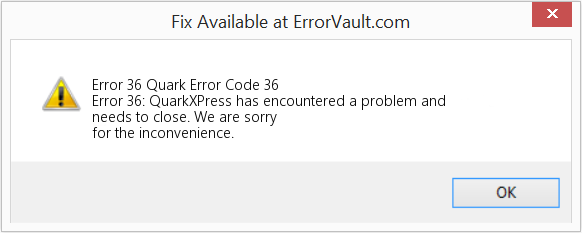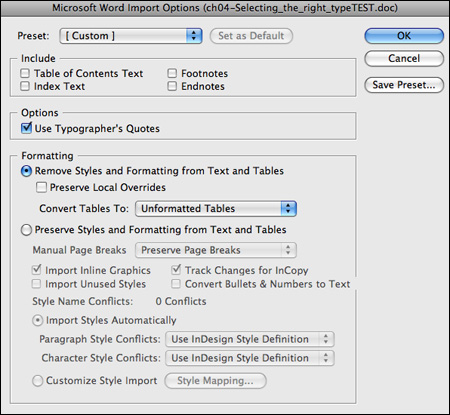


The portfolio we created as an example is a three-page QuarkXPress document, which includes a cover page, shown in Figure A, and two pages shown as a spread in Figure B. Then, as your work evolves, or if you need to emphasize a particular style of artwork for a specific interview, you’ll easily be able to tailor your portfolio as needed.
#QUARKXPRESS DEFINITION HOW TO#
In this article, we’ll show you how to set up a graphics portfolio in QuarkXPress that can be viewed in print and on screen. This type of graphics portfolio is designed to guide you and your client or interviewer through the portfolio you already have that contains actual copies of your work it’s not meant to be a replacement.
#QUARKXPRESS DEFINITION UPDATE#
But with all you have to do, when it comes time to explain to someone the process behind your work, you may not recall what that process is! To help with this, you might find it helpful to create a sort of “cheat sheet,” as shown in Figure A, which displays your most prominent work and a brief explanation of each accomplishment.įigure A: By laying out your graphics portfolio in QuarkXPress, you can easily update and generate a print or digital version for when the job of your dreams comes along.

And, whether you have a permanent or freelance gig, you should always keep an updated portfolio of your recent work–just in case. Meanwhile, you may be reading the want ads and interviewing for jobs in person and online. To add to that labor, it isn’t enough to create artwork in one medium now you’re expected to generate both print and digital renderings (and sometimes make them sing and dance). The software seems to change even more rapidly than the trade’s technology, requiring graphic artists to continually spend time learning new versions. One interesting (and frustrating) aspect of working in today’s graphics marketplace is the constantly changing world of communications.


 0 kommentar(er)
0 kommentar(er)
